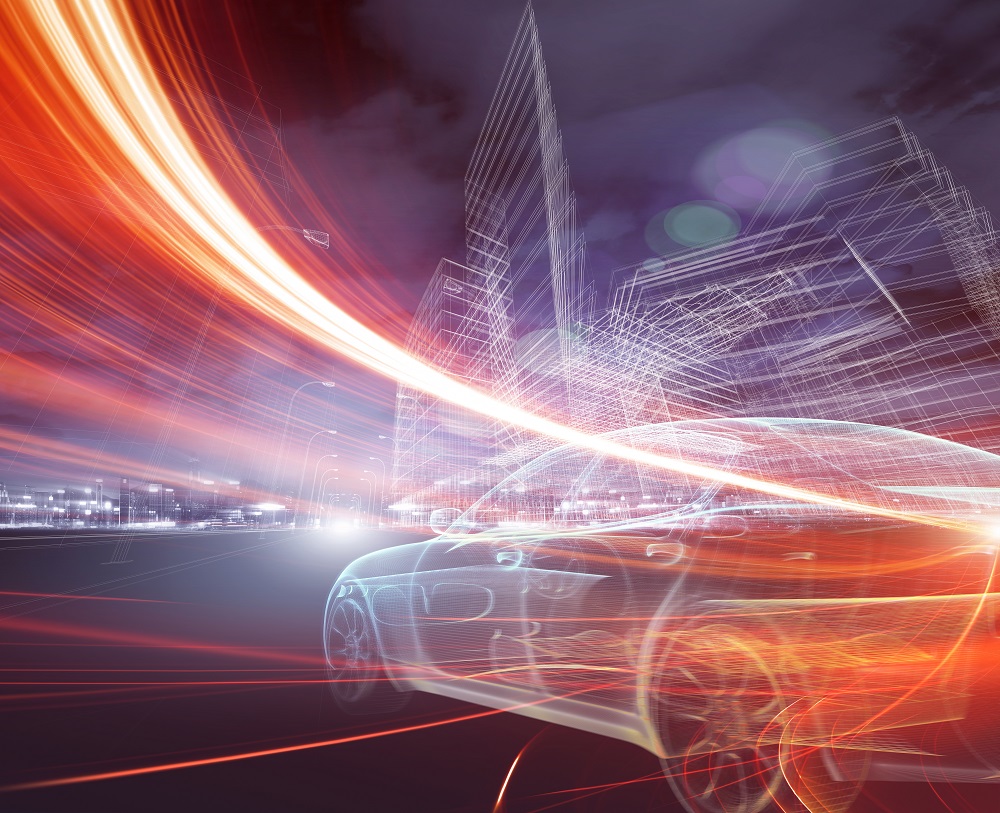How to build an electric car: why every function and feature matters

When you think about how to build an electric car, every function and feature in an electric vehicle needs to be electrified and controlled by software. This even includes something as mundane as the heating, ventilation and air conditioning (HVAC) system. Why? Because there would no longer have a heating loop connector to the internal combustion engine and, thus, the heater would drain the battery faster. The dilemma is how much range an occupant can use versus how much HVAC comfort they can afford.
The reality: if the driver is starting to run low on battery, and they’re 20 miles away from a charging station, they face the choice of reducing the AC output to ensure they can get to the charging station.
Manufacturers and electric vehicle engineers need to think about the algorithms and the software that allows people to safely and comfortably get to their destination, which includes considering the HVAC system as well as other internal systems in the electric vehicle to make sure they’re not drawing too much juice.
So what is the best way to optimize the electric vehicle with all these new considerations and challenges unique to electrical vehicle design?
Building cars with the digital twin
Digital twin technology is designed to show how every system and every aspect of the vehicle performs in a virtual environment, minimizing the need for physical prototypes. Overall, virtual validation can reduce your timeline to get a vehicle to market and minimize your total cost. This would essentially improve your profitability, which then means you can sell your electric vehicle at a more advantageous price to the consumer.
But getting there takes a lot of virtual design and analysis, along with building, designing and maintaining that digital twin of the product. It’s critical to maintain that digital twin throughout the life of the product, all the way through testing certification. The benefits are worth all that work, because the digital twin is what really allows you to accelerate the development effort of an electric vehicle.

Who will build the electric car?
For those engineers and designers responsible for developing the electric car, it won’t be like the process used for decades to create conventional vehicles. Engineers must become a master of many traits in areas such as electronic and software, rather than a single domain. We will still continue to have our academic specialties, where engineers stress one discipline over another, such as being more mechanical than electrical. But almost every device today—from an electric vehicle down to tennis shoes—are electromechanical devices. So, even mechanical engineers need to make sure they understand the electronics and the software, because it’s clearly the future.
It will also be critical for designers to understand production. Some people love dealing in the technologically-advanced, early research stages of the program. But until they spend time in the assembly plant or the battery plant seeing how the physical products are built, they won’t have the feedback loop needed to be good at developing products and launching it into production. It is important to be familiar with what it takes to produce a battery or a motor or an electrified vehicle in the hundreds of thousands, understanding all the phases required to bring a vehicle from concept to mass production.
Vehicle electrification beyond cars
Electric cars are one thing, but the whole electrification world will be advanced by every aspect of transportation including vans, buses and trucks. Long distance trucking may be some of the last areas to be electrified because moving a large amount of freight over long highway distances presents a series of challenges such as infrastructure, battery density and range. Despite these challenges though, companies like Tesla and others have moved forward with plans in the areas of electrification of long-distance trucking.
In the interim, the shorter routes are perfect for electric vehicles, especially consumer delivery vehicles and service vehicles that really don’t travel that far every day – they go from their depot to their daily, fixed routes and then back to the depot at the end of the day providing ample time for charging. Likely, electrification will really show up first in these fleet usages and city usage then expand and grow into highway usages before taking over every aspect of the transportation world.
The road to vehicle electrification
All these change makes this is an exciting time to be in the automotive industry. As electric vehicle, autonomous vehicle and shared mobility continue their technological advancements, I believe in the near-future these three trends will converge and we’ll be occupants in electrified, autonomous vehicles that we don’t own, but rather buy miles instead of the car.
Continue learning more about the future of electric vehicles.
About the author
Dave Lauzun is the vice president of automotive and transportation industries at Siemens PLM Software, a business unit of the Siemens Digital Factory Division. Dave started his role in Siemens PLM Software in 2016. Prior to joining Siemens, he had more than 30 years of automotive and industrial experience in key strategic leadership roles. He held multiple positions at Chrysler, including positions in design, development, manufacturing, quality, program management and vehicle development). He was also the executive vice president of engineering for Bright Automotive, a leading automotive start-up company developing an all-new hybrid-electric van, and the leader of customer engineering at Cummins, a leading diesel engine manufacturer. Dave has a Bachelor’s degree in mechanical engineering from Michigan State University, a master’s degree in mechanical engineering from the University of Michigan, a master’s degree in materials engineering from MIT, and an MBA from the Massachusetts Institute of Technology.


